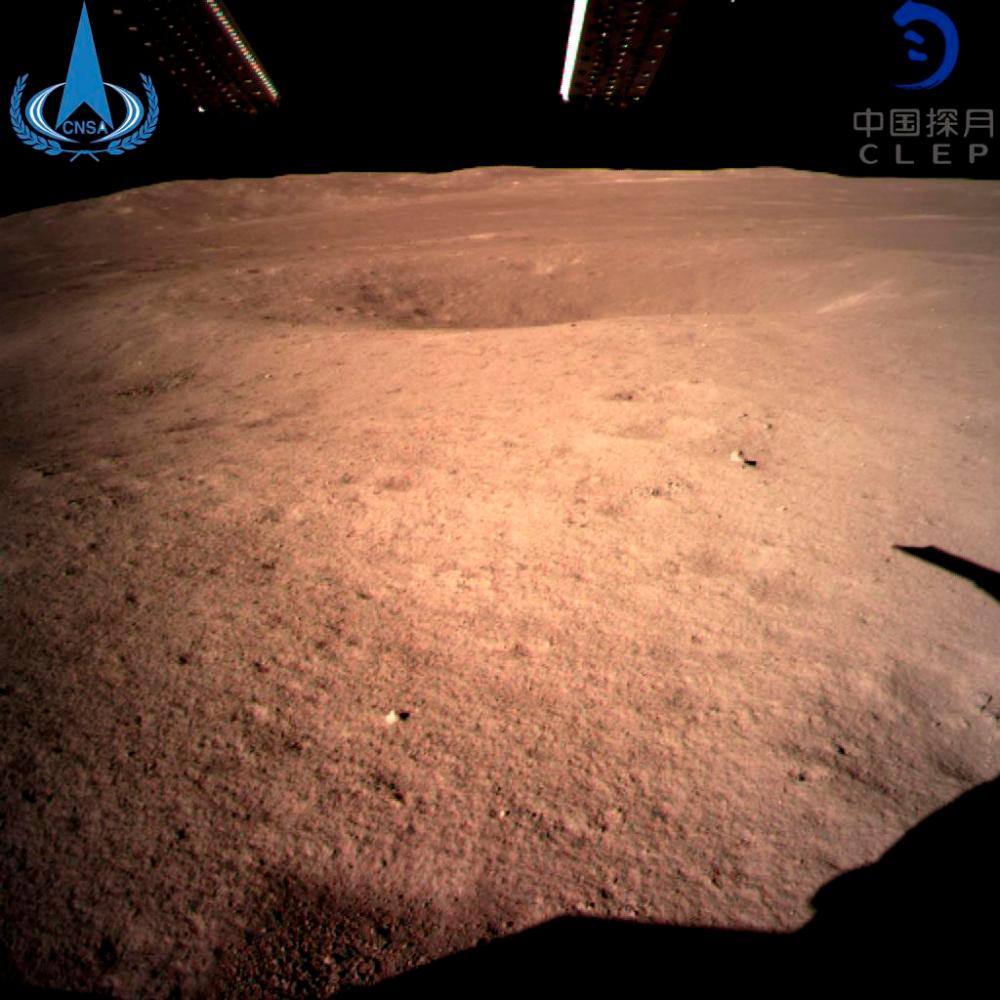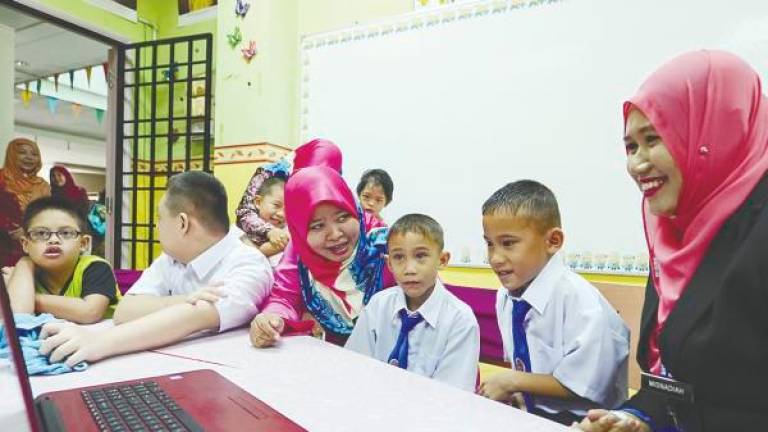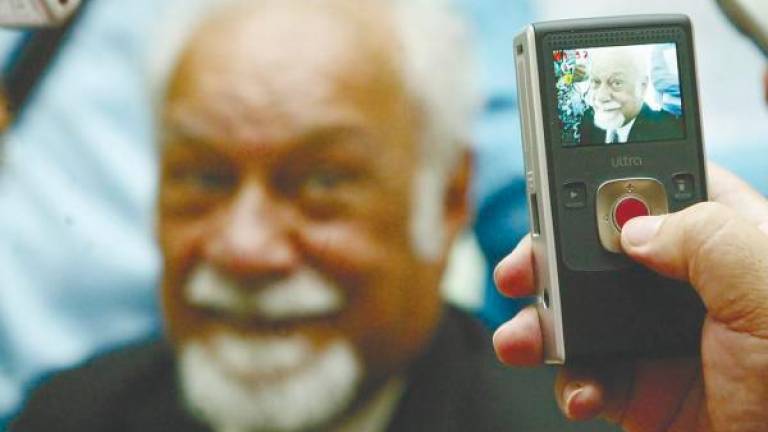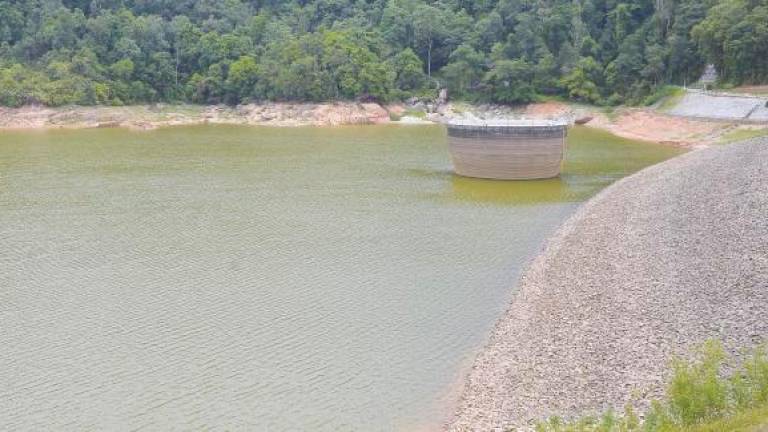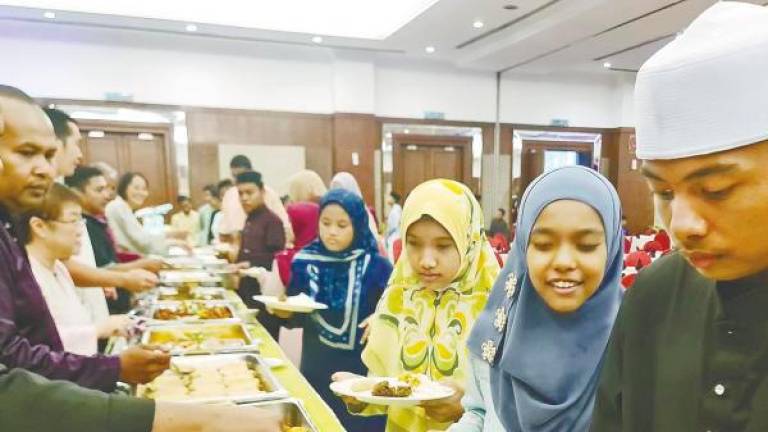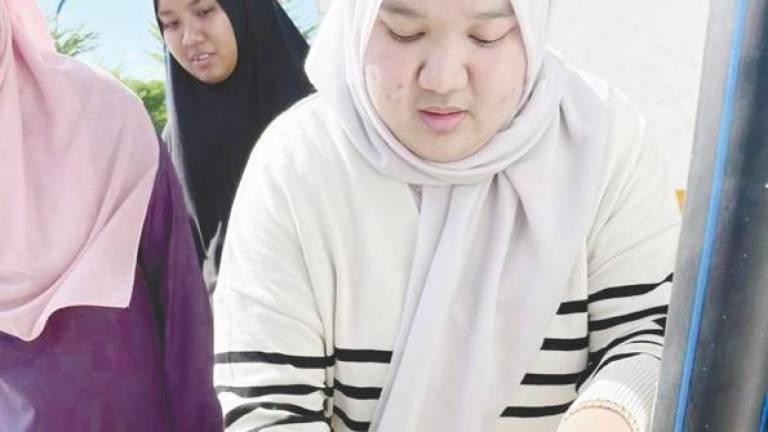THE Chang’e-4 project had officially shifted to the scientific exploration stage days before.
A team of scientists from the Chongqing University in southwest China sent a small biological payload aboard the probe, which landed on the lunar surface on Jan. 3.
Weighing below three kilograms, the test payload includes six organisms including seeds of cotton, potatoes, Arabidopsis and rapeseeds, as well as fruit fly pupa and yeast.
The latest photos show that the cotton shoots are growing well. This is the first plant shoot that grows on the moon after experiencing severe environmental tests such as low gravity, strong radiation and high temperature.
“Although it is a biological payload, it laid a foundation and technological support for our next step, that is, to build a lunar base for living,“ said Xie Gengxin, chief designer of the biological experiment payload, Chang’e-4 lunar mission.
The screening of biological species in this experiment involves very strict requirements.
Due to the limited size of the payload, the animals and plants inside are required not to occupy too much space. Therefore, the first requirement is “small size”.
Meanwhile, due to the extreme conditions of the lunar surface, animals and plants should be able to withstand high temperatures, freezing cold, radiation and be anti-interference.
“Its growth cycle is short, and its characteristics are obvious during each growth period. The whole process can be completed in about 12 to 15 days,“ said Xie. — Reuters



